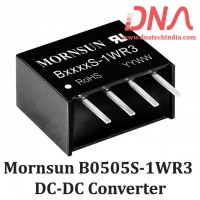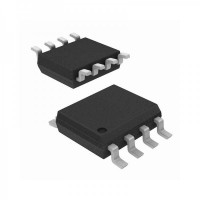Bipolar Junction Transistor Tutorial |
|||||||||||||||||||||||||||||||||||||||
|
|
|||||||||||||||||||||||||||||||||||||||
|
|||||||||||||||||||||||||||||||||||||||
|
|
|||||||||||||||||||||||||||||||||||||||
Field Effect Transistor Tutorial |
|||||||||||||||||||||||||||||||||||||||
|
|||||||||||||||||||||||||||||||||||||||
|
|
|||||||||||||||||||||||||||||||||||||||
The Field Effect Transistor Family-tree |
|||||||||||||||||||||||||||||||||||||||
|
|
|||||||||||||||||||||||||||||||||||||||
| Biasing of the Gate for both the junction field effect transistor, (JFET) and the metal oxide semiconductor field effect transistor, (MOSFET) configurations are given as: | |||||||||||||||||||||||||||||||||||||||
|
|
|||||||||||||||||||||||||||||||||||||||
|
|
|||||||||||||||||||||||||||||||||||||||
Differences between a FET and a Bipolar Transistor |
|||||||||||||||||||||||||||||||||||||||
|
Field Effect Transistors can be used to replace normal Bipolar Junction Transistors in electronic circuits and a simple comparison between FET's and transistors stating both their advantages and their disadvantages is given below.
|
|||||||||||||||||||||||||||||||||||||||
|
|
|||||||||||||||||||||||||||||||||||||||
|
Reproduced with permission from Wayne Storr |
|||||||||||||||||||||||||||||||||||||||





